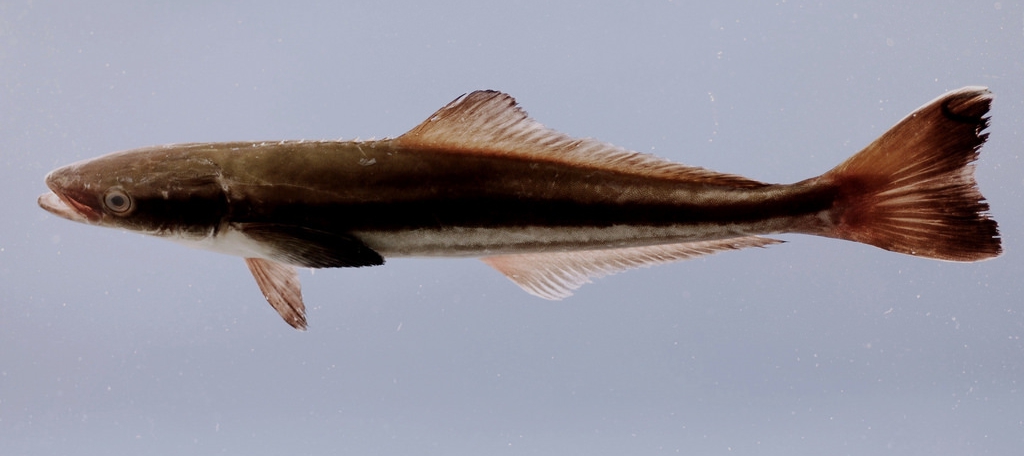
Lemonfish Wild
The rich yet firm texture is a delicacy in "steaky" fish. It has the firmness and "fat" content of Sturgeon and is as versatile as the imagination will allow.
Moderate, Lemon Finish
Quick Facts
Commonly Known As:
Lemonfish, Black Kingfish, Crab eater, Black Salmon
-
Species Name
Cobia
-
Latin Name
Rachycentron canadum
-
Origin
Apalachee Bay
-
Harvest Method
Hook & Line
-
Range & Habitat
South Atlantic & Caribbean
-
Producer
St Mark's Fleet
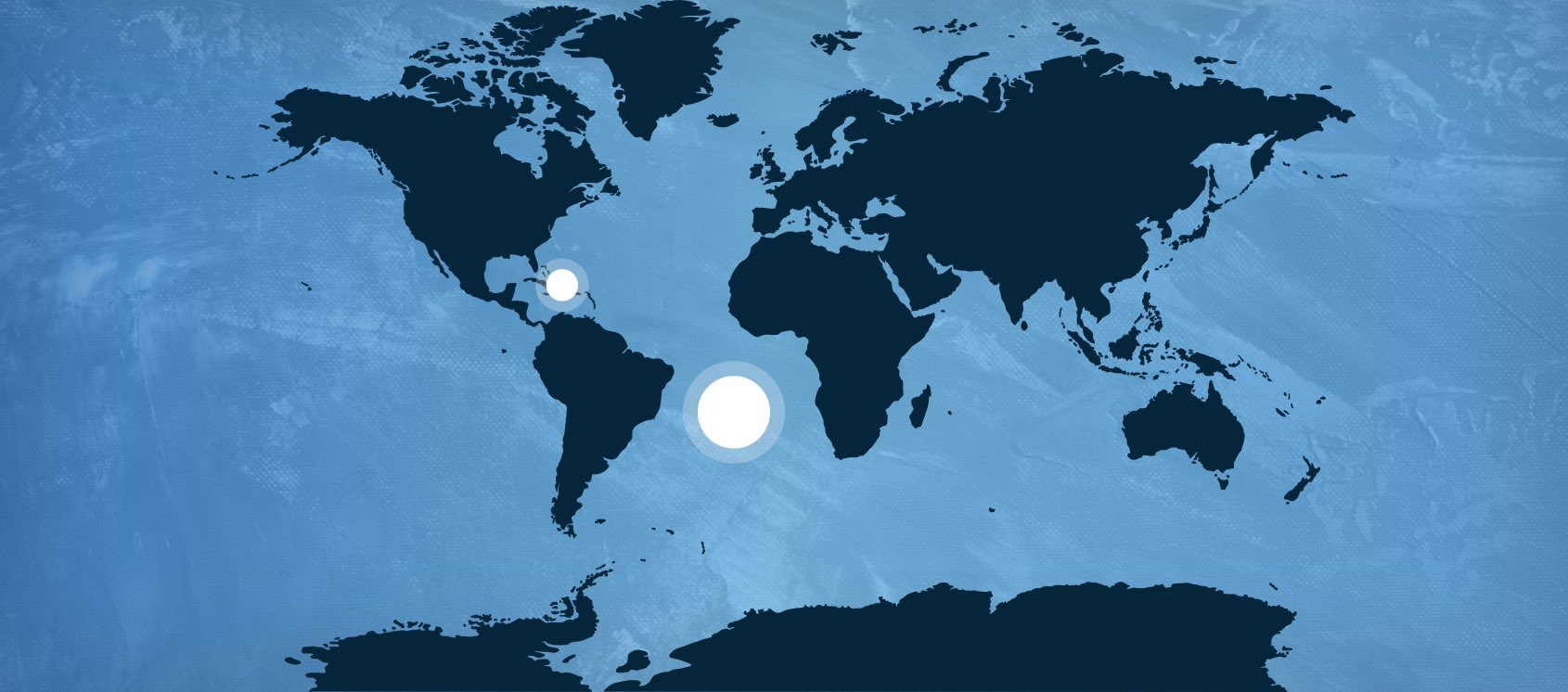
Range & Habitat
St Mark's Fleet
ST. MARK'S FLEET- Just south of Tallahassee, in the heart of Florida’s “Big Bend” region is the port City of St Marks. Just one mile off of the Gulf of Mexico, our Appalachee Bay fishermen offload their prized catch and distribute nationwide next day.
Captains Andy and Johnny are brothers of a family that has fished Apalachee Bay and the Gulf of Mexico for six generations. They both captain a boat in the family’s five boat fleet. The most notable end result of their efforts is the renowned claw of the Florida Stone Crab. However, lest we forget the pristine Gulf Fish Species: Pot Trap Caught Black Sea Bass, Sweetlip Grunts and Octopus; Hooked Red Snapper, Mangrove Snapper, Black Grouper, Scamp Grouper, and Red Grouper. From their family to your staff, they provide one of the best Gulf programs out there.
FISHING VESSELS- Marion J., El Toro
You Might Also Like These
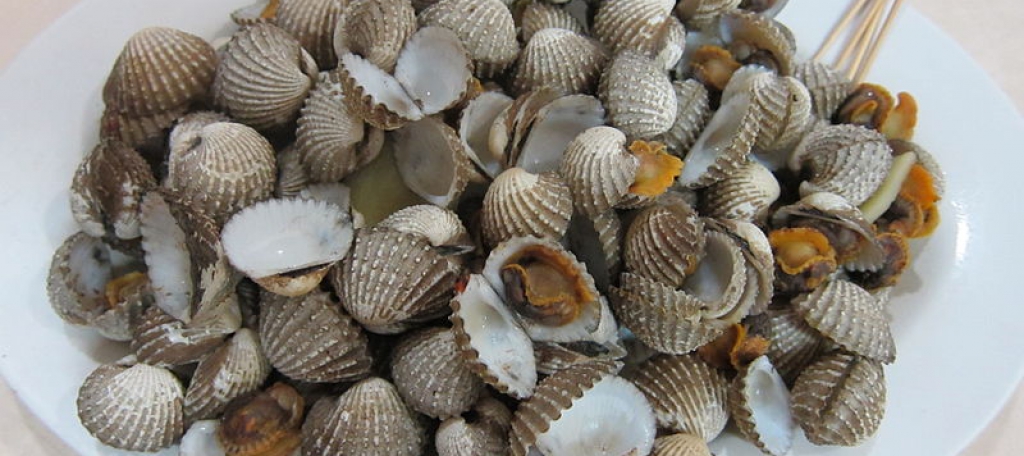
Creamy, Firm, Complex, Robust
The shell is solid and rotund, sculptured with numerous strong rounded radial ribs, overridden by crisp weak lamellae. Coloration is whitish, tinged at the posterior end with pale purplish-brown, and internally whitish, stained posteriorly with dark purplish-violet.
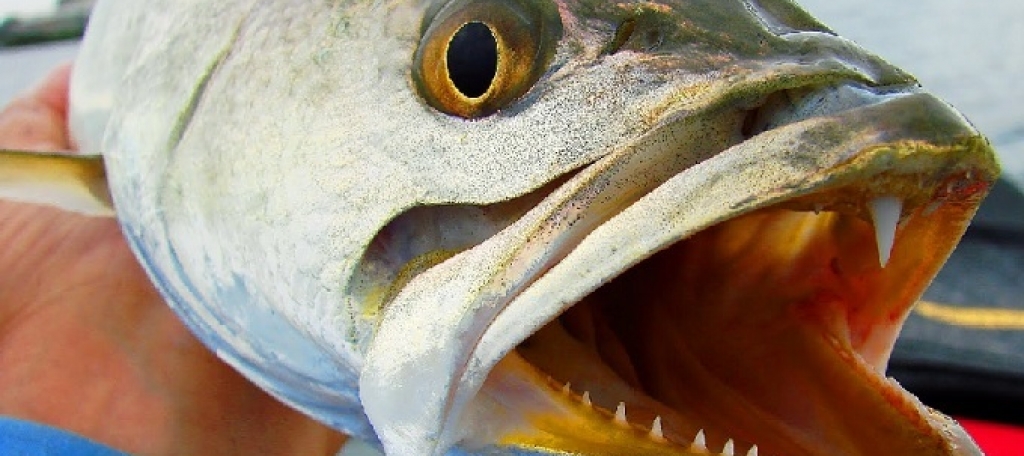
Light, Flakey, Moist, Clean
Speckled Sea Trout have a bone structure of Snapper and Weakfish. They have the flavor profile of California White Bass and Corvina (All Weakfish). The simplicity of this species is a blank canvas for beautiful Spring and Summer fare. The light, paper white flesh has a brilliant flake with ample moisture content. Prepare as you would your favorite Snapper as the Sea Trout grows at the same sizing of B-Liner and Yellowtail Snappers with many of the same texture profiles.
Saute, Whole, Roast, Grill
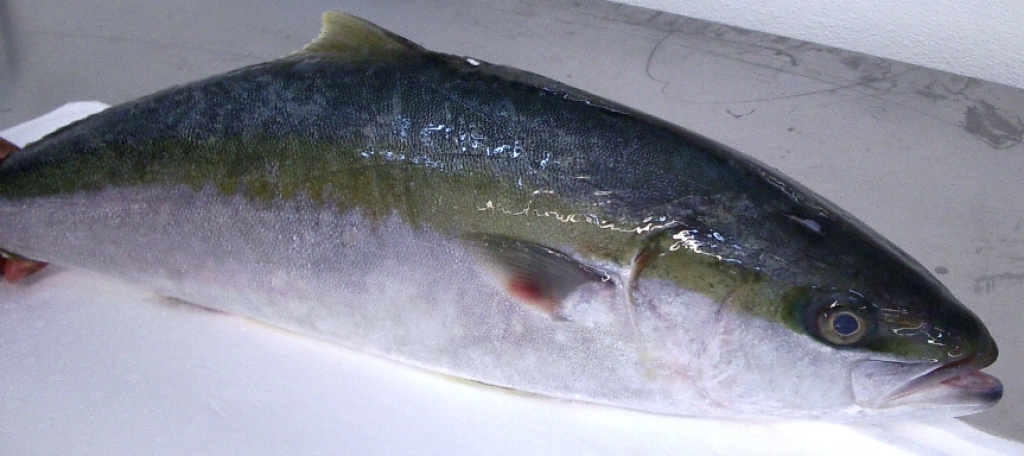
Creamy, Rich, Silky, Moderate
The Fish-As a natural inhabitant of the cold, crystal-clear waters of Spencer Gulf off the Eyre Peninsula in South Australia, Hiramasa Kingfish are locally fed year round in the clean, crisp Antarctic currents that flow freely from the Great Southern Ocean. Hiramasa is the Japanese word for the species, where it’s highly prized as a superb sashimi fish. Increasingly though, Hiramasa Kingfish is also being acclaimed for its extraordinary versatility; whether served as sashimi, cured, smoked, grilled, fried or roasted as a cutlet or poached as a fillet in broth. So it’s little wonder that the world’s leading chefs revere Hiramasa Kingfish for its exquisite flavour, texture and consistency and have come to rely on fresh deliveries of it twice weekly, 52 weeks of the year. Local pride, careful Australian nurturing and global recognition make it easy to see why award-winning Hiramasa Kingfish is indeed, The King of Kingfish. Hiramasa Kingfish is renowned for being one of the finest eating fish in the world. Its firm white-to-pale-pink flesh boasts a fresh, sweet and clean flavor that’s superbly moist and silky unadorned as sashimi, yet rich enough to hold its own when paired with more robust ingredients and flavors, including meat. Its broad-flaked texture and minimal bone structure is also favored by leading restaurant chefs for its easy eating, consistently high standard and exquisite mouth feel. The skin crisps brilliantly too, reflecting its higher fat content. All of which means that Hiramasa Kingfish is a fish for every season; performing magnificently as a warming winter dish as well as clean, classic summer fare. Whether it’s haute cuisine or haute casual, Hiramasa Kingfish’s versatility makes it a veritable palette for the palate.